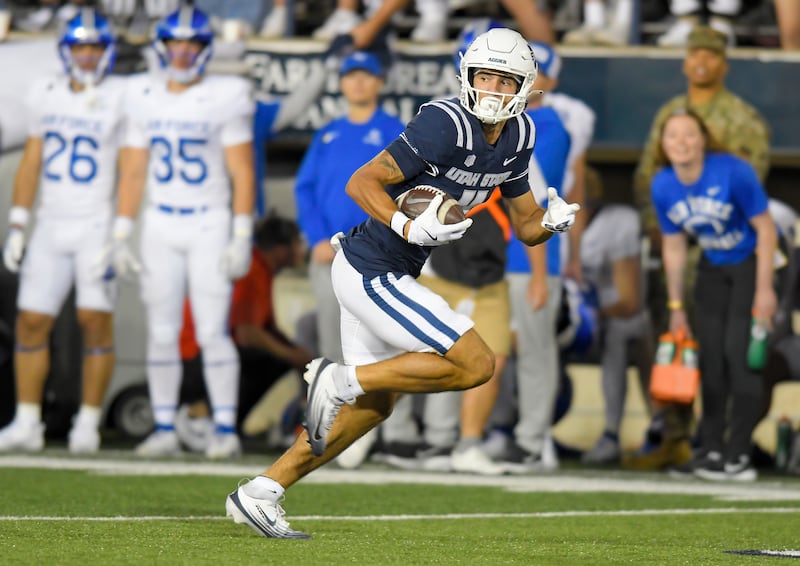It isn’t a secret that Utah State football has found success over the years, the last 15 especially, because of the successful development of previously unsung, unnoticed and unheralded players.
Go down the list of the most impactful Aggies of the last 15 years and almost all were overlooked by bigger — more monied and successful — programs.
Jordan Love was rated the 1,636th best prospect in the 2016 class and was only recruited by just one FBS football program — Utah State.
Bobby Wagner was a two-star prospect and rated No. 2057 nationally.
Chuckie Keaton was a two-star prospect with only four FBS scholarship offers and was considered even less than Wagner was at No. 2650 nationally.
Jalen Royals was an unrated recruit, overlooked by everyone after a single unproductive season in junior college.
This exercise could continue on in near perpetuity. There are near countless examples of raw talent coming to Utah State and being developed into legitimate college football players, beginning with the first Gary Andersen run all the way through Nate Dreiling’s lone season leading USU last year.
Utah State being a developmental program hasn’t changed under Bronco Mendenhall.
In fact, through three games this season it appears that the Aggies have never been better at developing key contributors who prior to their time at Utah State hadn’t done much at all at the FBS level of college football.
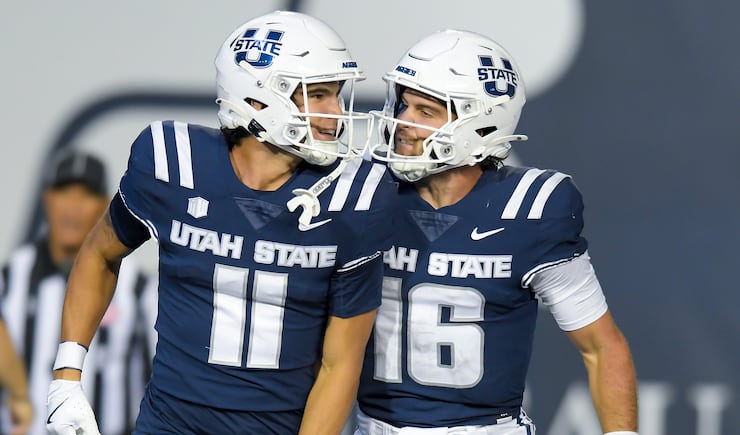

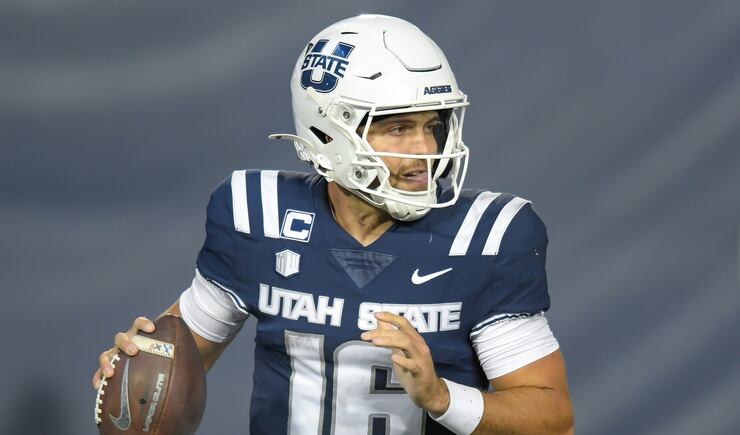


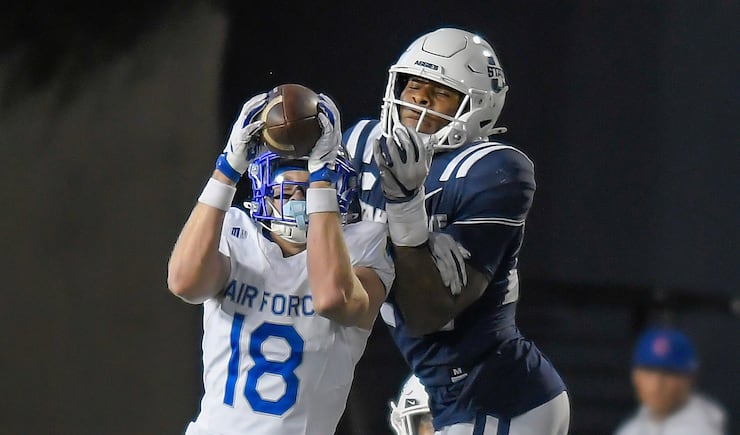
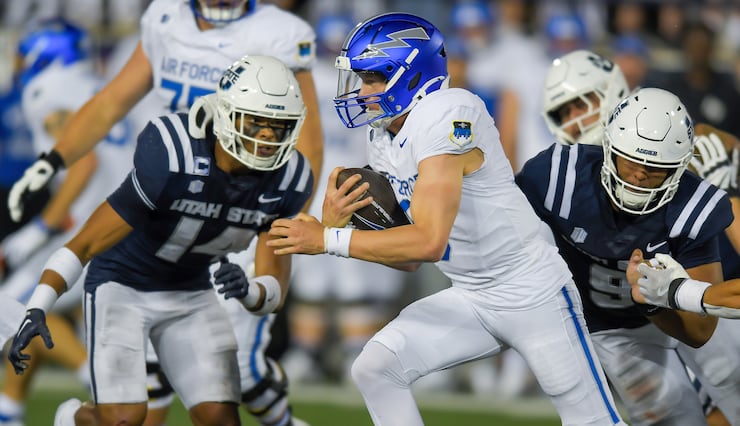
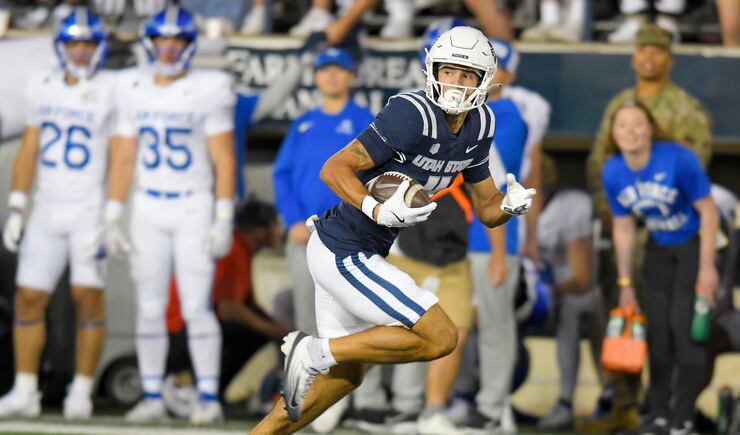


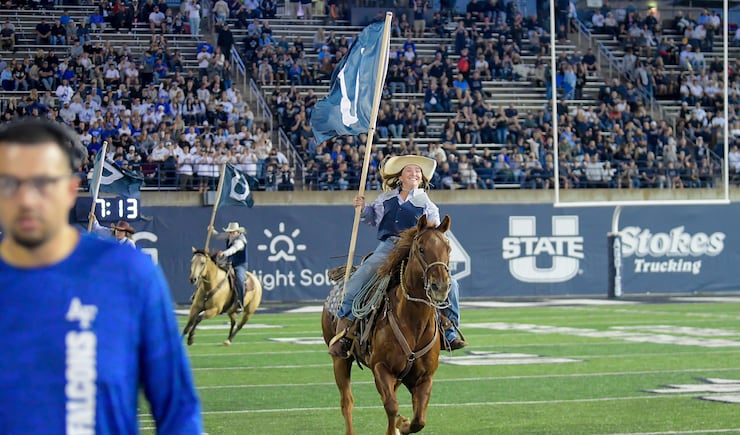
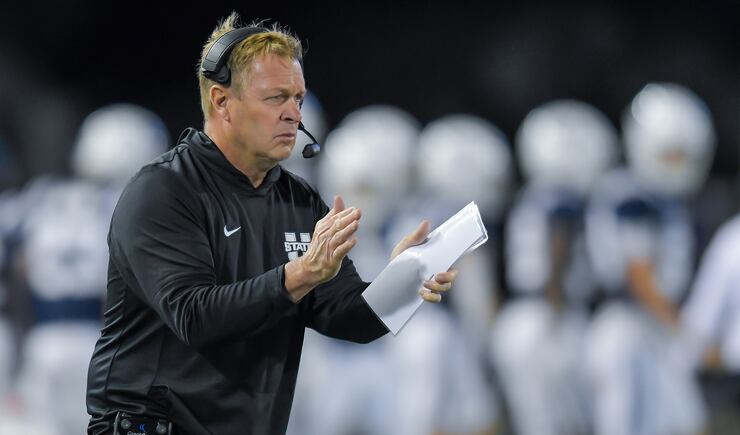
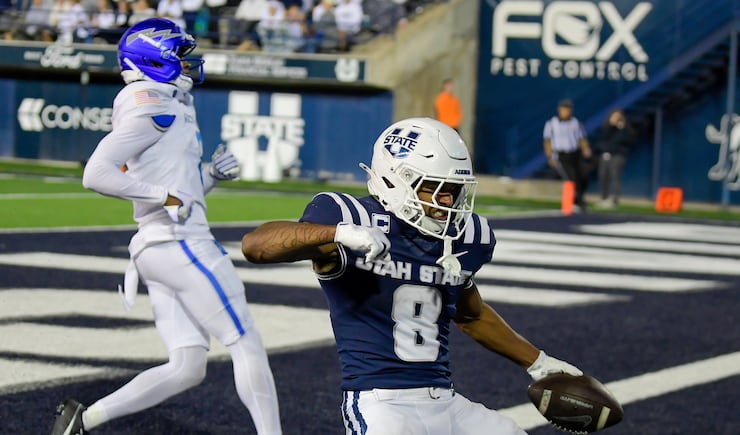
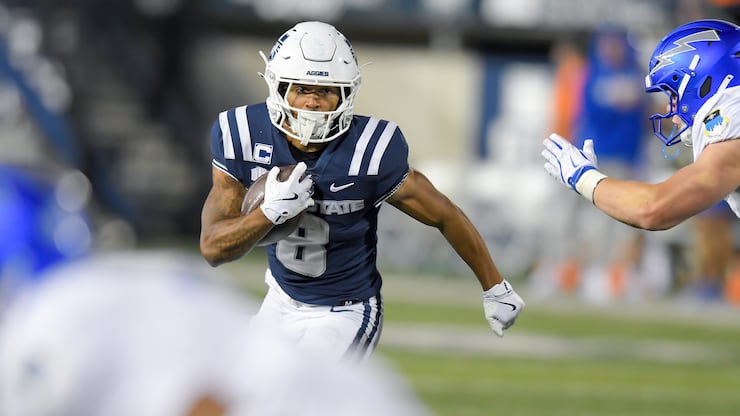
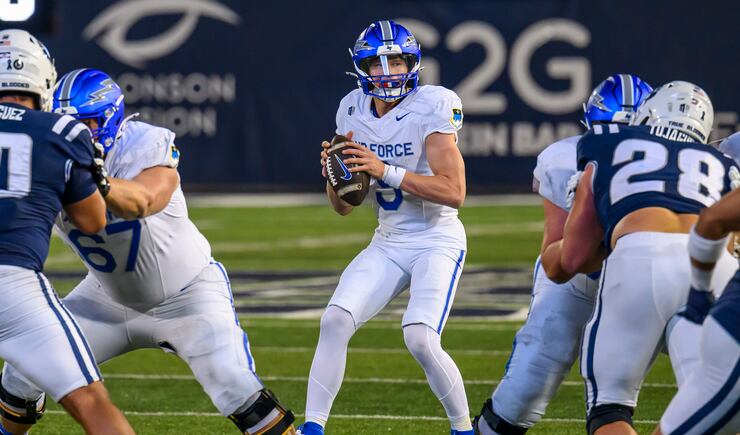
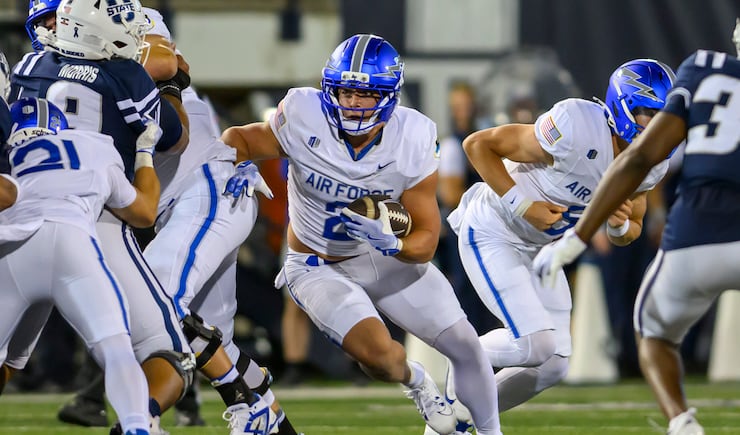
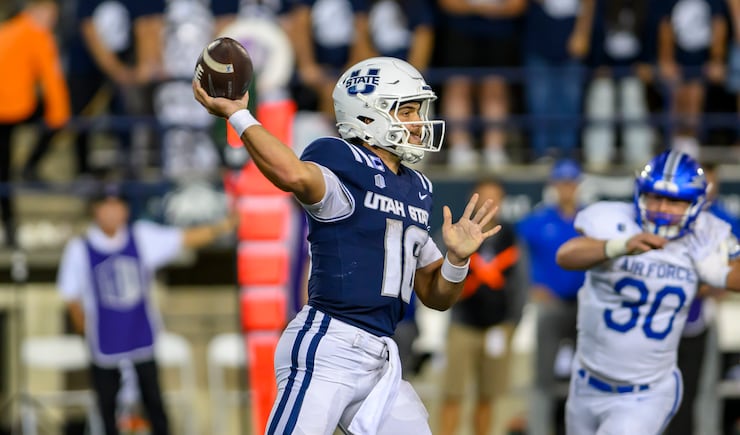
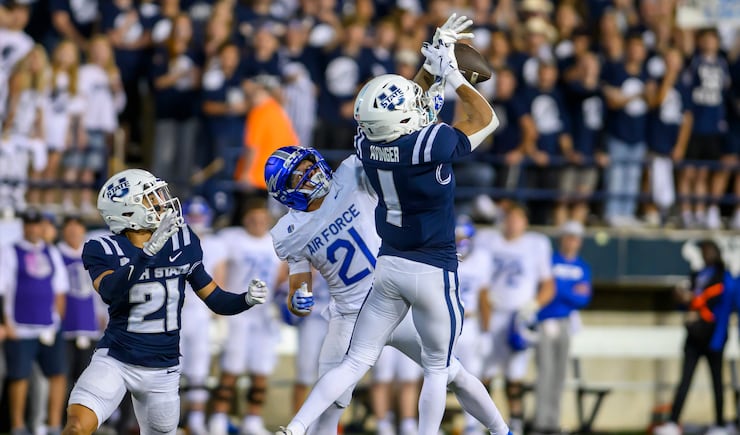
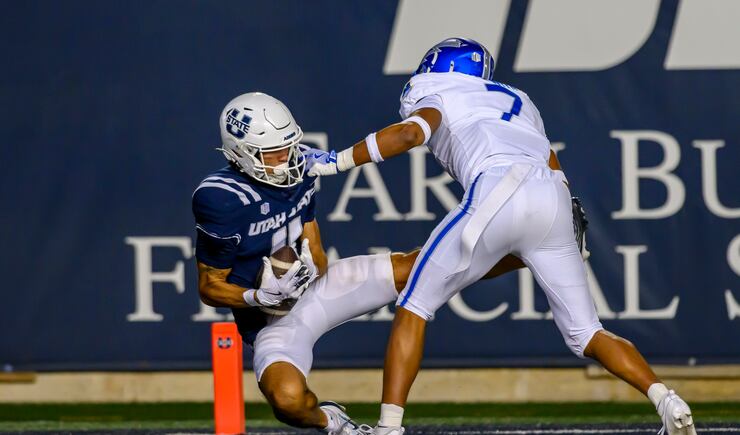
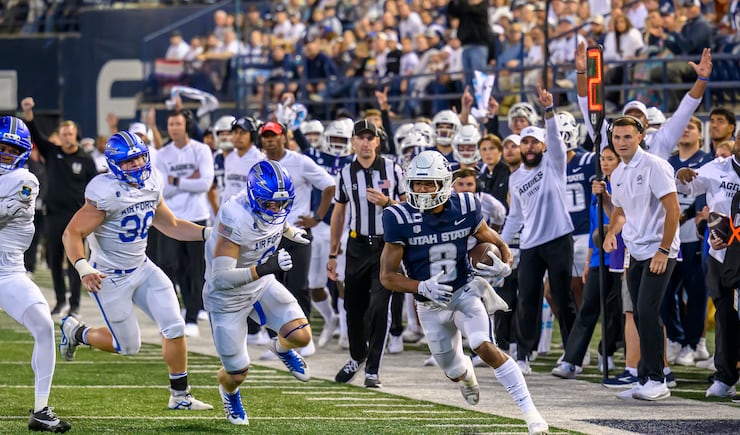
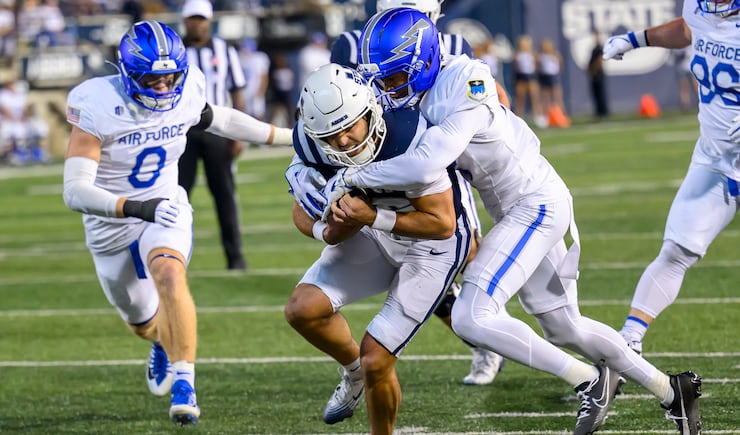

It is happening on both offense and defense.
The Aggies’ leading receiver right now is UCLA transfer Braden Pegan. In two years at UCLA Pegan appeared in 13 games but had only one reception for 7 yards. In three games played with Utah State, Pegan has 14 receptions for 208 yards and three touchdowns, all of which are team highs. After hardly playing college football, Pegan has become target No. 1 for USU quarterback Bryson Barnes, particularly when Barnes is looking or a big play (Pegan has the longest touchdown reception by an Aggie so far this season).
It isn’t just Pegan, though.
Anthony Garcia had only played QB in college and sparingly at that (he played in one game at Arizona last season and carried the ball one time. He didn’t attempt a pass) but he is currently USU’s fifth most productive receiver, third among wideouts, with four catches for 54 yards.
There are more players who are starting to make an impact, too, like true freshman running back Noah White, who has become running back No. 3 for USU behind Miles Davis and Javen Jacobs. White played real minutes against Air Force Saturday and had a 12-yard reception.
Rapid development is even more readily apparent on defense, though.
While proven veterans like John Miller, Noah Avinger, Tyree Morris and Gabriel Iniguez Jr., have been vital to Utah State’s success thus far, it is unproven newcomers who’ve helped take the Aggies’ defense to a level it hasn’t seen in a couple of years.
Players like outside linebackers William Holmes and Chris Joe, safety Brevin Hamblin, defensive tackle Carson Tujague and cornerbacks Noah Flores and D’Angelo Mayes.
Some, like Holmes and Flores, showed flashes last season but this year have become regular contributors and maybe even more than that.
Hamblin starred at the FCS level, but few could’ve predicted he would transfer as well as he has to high level of football. Tujague redshirted last season while with BYU.
Mayes was a completely unheralded recruit who went to New Mexico and made little impact but is already one of only three Aggies with an interception this season.
And Joe, well he’s a true freshman linebacker who won a starting position over multiple vets who were much more established in their college careers.
The development of these players, all of whom are in the top 10 for Utah State statistically, has probably been the most important development for the Aggies. Without their rapid improvement, Utah State doesn’t beat Air Force, contend with No. 10 Texas A&M on the road or even beat UTEP in the season opener.
Their stories even weigh heavily on Mendenhall.
“There’s so many just sub stories happening that are just so fun,” Mendenhall said.
He singled out Holmes, who was fantastic in the win over Air Force with a career high 13 tackles, including 1.0 tackles for loss, and a fumble recovery.
“One of the best parts of my night was just coming in (to the post-game press conference) and listening to Will Holmes,” Mendenhall said. “He was talking about practice, and he was talking about preparation, and he was talking about his teammates. He’s mature, he’s humble and he’s realistic. He knows he’s on a journey to become a football player, and he’s just very transparent.
“And that’s refreshing, I think, for everyone myself sitting over there and hopefully for you (media). There’s no player speak. I mean, that was just authentic, genuine and real. We are teachers as coaches, and we are coaches and we are demanding, but that’s how people grow. And he’s becoming, right in front of our eyes, a really good football player. That’s so gratifying.”
Mendenhall also spoke highly of Mayes, who left Utah to play for Mendenhall at New Mexico, followed Mendenhall back to the Beehive State and worked his way from a scout team player to an in-game contributor Saturday night.
“D’Angelo Mays is playing corner for us today because of an injury. He chooses New Mexico, because really no one else wants him. He qualifies late as a scout team player, gets on the field (with New Mexico), I think in Week 6 to run down on kickoffs. And then he transfers to Utah State and he’s in the game playing corner at Utah State against Air Force.”
How is all this player development happening so fast for the Aggies?
Before the season, defensive coordinator Nick Howell told the Deseret News that “the time for the (developmental) process is not there anymore and so everything’s just had to speed up. You’ve got to develop faster.”
Holmes credits the development to Mendenhall and his staff. For their difficult, even grueling offseason demands and in-season practices demands. Demands that it appears have paid off and quickly too.
“Coach Mendenhall, how he pushes us and just the talks that he gives us man his meetings are just truly inspiring and just he’s a teacher more than a coach,” Holmes said. “So a lot of my confidence comes from just the coaching staff, just how much they believe in us and how much they push us to be great.”
He continued: “We practice hard, and we really train at game speed. ... And I think that really prepares us for the game. When we go out there, we know what to do. They (USU’s coaches) are very hard on us in practice, and that just translates over to the game. That makes the games easy. So when we get out to the game no one is second guessing. We know what to do. We know our alignments, our assignments, and we just play hard.”
Utah State entered the season with more questions than answers, more unproven than proven players.
Even Mendenhall said it would likely take a month or two before he could really determine what sort of team he has.
That estimate is starting to look a little conservative now, though. And Mendenhall’s developmental program is looking more and more like a perfect fit for Utah State.

